Learn more about influenza, its different types, symptoms, treatment, prevention, and nursing management in this study guide.
Influenza is an acute respiratory illness that produced four global pandemics in the last century, the worst of which occurred in 1918. Known as “Spanish Flu”, the 1918 pandemic was considered as a global disaster where 500 million people were believed to be infected and an estimated death toll reached at least 50 million worldwide.
What is Influenza?
Influenza, one of the most common infectious diseases, is a highly contagious airborne disease that occurs in seasonal epidemics and manifests as an acute febrile illness with variable degrees of systemic symptoms.
- Although the seasonal strains of influenza virus that circulate in the annual influenza cycle constitute a substantial public health concern, far more lethal influenza strains than these have emerged periodically.
- Besides humans, influenza also infects a variety of animal species; some of these influenza strains are species-specific, but new strains may spread from other animals to humans.
Pathophysiology
Influenza viruses are enveloped, negative-sense, single-stranded RNA viruses of the family Orthomyxoviridae.
- The core nucleoproteins are used to distinguish the 3 types of influenza viruses: influenza A, B, and C (IAV, IBV, and ICV).
- Hemagglutinin and neuraminidase are critical for virulence, and they are major targets for the neutralizing antibodies of acquired immunity to influenza.
- Hemagglutinin binds to respiratory epithelial cells, allowing cellular infection.
- Neuraminidase cleaves the bond that holds newly replicated virions to the cell surface, permitting the infection to spread.
- The species specificity of influenza strains is partly due to the ability of a given hemagglutinin to bind to different sialic acid receptors on respiratory tract epithelial cells.
Statistics and Incidences
In tropical areas, influenza occurs throughout the year.
- The WHO estimates that worldwide, annual influenza epidemics result in about 3-5 million cases of severe illness and about 250,000 to 500,000 deaths.
- The US Centers for Disease Control and Prevention (CDC) notes that the often-cited figure of 36,000 annual flu-related deaths was derived from years when the predominant virus subtype was H3N2, which tends to be more lethal than H1N1.
- For the 2019-2020 influenza season, 55,000 influenza-related hospitalizations had been reported as of early January 2020, and 2900 attributable deaths had been reported at that time, including 27 pediatric deaths.
Causes
Influenza results from infection with 1 of 3 basic types of influenza virus: A, B, or C.
- Direct contact. Transmission of influenza from poultry or pigs to humans appears to occur predominantly as a result of direct contact with infected animals.
- Unhygienic food preparation. The risk is especially high during slaughter and preparation for consumption; eating properly cooked meat poses nor risk.
- Aerosol transmission. Influenza viruses spread from human to human via aerosols created when an infected individual coughs or sneezes; infection occurs after an immunologically susceptible person inhales the aerosol; if not neutralized by secretory antibodies, the virus invades airway and respiratory tract cells.
- Contact with contaminated objects. Contact with excrement from infected birds or contaminated surfaces or water are also considered mechanisms of infection.
Clinical Manifestations
The presentation of influenza virus infection varies; however, it usually includes many of the symptoms described below.
- Cough. Cough and other respiratory symptoms may be initially minimal but frequently progress as the infection evolves; patient may report nonproductive cough, cough-related pleuritic chest pain, and dyspnea.
- Fever. Fever may vary widely among patients, with some having low fevers and other developing fevers as high as 1040F; some patients report feeling feverish and feeling chills.
- Sore throat. Sore throat may be severe and may last 3-5 days; the sore throat may be a significant reason why patients seek medical attention.
- Myalgia. Myalgias are common and range from mild to severe.
- Weakness. Weakness and severe fatigue may prevent patients from performing their normal activities or work; patients report needing additional sleep; in some cases, patients with influenza may be bedridden.
Assessment and Diagnostic Findings
Rapid diagnostic tests for influenza are available and are becoming more widely used.
- Rapid diagnostic tests. The US FDA waived federal Clinical Laboratories Improvement Act (CLIA) requirements and cleared for marketing 7 rapid influenza diagnostic tests that directly detect influenza A or B virus-associated antigens or enzyme in throat swabs, nasal swabs, or nasal washes; these tests can produce results within 30 minutes; some these include QuickVue Influenza A+B test (Quidel), ZstatFlu (ZymeTx), and QuickVue Influenza test (Quidel).
- Viral culture. Culture may require 3-7 days, yielding results long after the patient has left the clinic, office, or emergency department and well past the time when drug therapy could be efficacious.
- Polymerase chain reaction testing. RT-PCR testing of nasopharyngeal throat secretions is the criterion standard for confirming influenza virus infection; it is the omly in vitro diagnostic test for influenza that is cleared by the FDA for use with lower respiratory tract specimens.
- Direct immunofluorscent tests. Some laboratories offer direct immunofluorescent tests on fresh specimens, but these tests are labor– and personnel-intensive and are less sensitive than culture methods.
- Serologic testing. In order to overcome the expensive and time-consuming obstacle of culturing, several serologic tests have become available; in reality, many of these are not bedside tests; generally, 30-60 minutes are required to perform the test’s multiple steps.; test sensitivities generally range from 60-70%.
- Testing for Avian infuenza. A rapid test from nasopharyngeal swab specific to H5N1 influenza (Arbor Vita Corporation) was approved by the FDA in 2009.
- Chest radiography. In elderly or high-risk patients with pulmonary symptoms, chest radiography is indicated to exclude pneumonia; with avian influenza, pulmonary infiltrates are seen in almost all patients; the widely varied radiographic characteristics range from diffuse or patchy infiltrates to lobar multilobar consolidation.
Medical Management
Prevention is the most effective management strategy for influenza.
- Vaccines. To prevent seasonal flu, the Advisory Committee on Immunization Practices (ACIP) of the US Centers for Disease Control and Prevention (CDC) and the American Academy of Pediatrics (AAP) recommend routine annual influenza vaccination for all persons aged 6 months or older, preferably before the onset of influenza activity in the community.
- Surveillance. Enhanced surveillance with daily temperature taking and prompt reporting with isolation through home medical leave and segregation of smaller subgroups decrease the spread of influenza.
- Bed rest. Patients with influenza generally benefit from bed rest; most patients with influenza recover in 3 days; however, malaise may persist for weeks.
- Hospitalization. Patients most often require hospitalization when influenza exacerbates underlying chronic diseases; some patients, especially elderly individuals, may be too weak to care for themselves alone at home; on occasion, the direct pathologic effects of influenza may necessitate hospitalization.
- Prehospital care. Prehospital care is predominantly supportive; supplemental oxygenation to manage respiratory symptoms or objective hypoxia may be needed; ventilatory support with a bag-valve-mask device or with field intubation may be required if the patient is in respiratory failure; intravenous access should be obtained, and a bolus of a crystalloid can be administered to support hemodynamic stability.
- Consultations. Consultation with an infectious disease specialist is prudent in some cases of seasonal influenza; for management of severe disease, intensive care specialists must be involved.
Pharmacological Management
The goals of pharmacotherapy for influenza are to reduce morbidity and to prevent complications.
- Antivirals. The antiviral drugs indicated for the treatment and chemoprophylaxis of influenza are the neuraminidase inhibitors (ie, oseltamivir and zanamivir) and the cap-dependent endonuclease inhibitor, baloxavir marboxil (treatment only); neuraminidase inhibitors act directly on the viral proteins, decreasing the virulence of infection.; baloxavir marboxil inhibits cap-dependent endonuclease, which leads to inhibition of viral replication.
- Vaccines, inactivated. Influenza vaccine is administered each year before flu season; typically, 3 virus strains (2 influenza A and 1 influenza B), which antigenically represent the influenza strains likely to circulate the next flu season, are included in the formulation each year; quadrivalent vaccines that included 2 influenza A strains and 2 influenza B strains are available.
- Vaccines, live. The Advisory Committee on Immunization Practices (ACIP) recommends return of intranasal flu vaccine in the United States for the 2018-2019 season; the recommendation was based on positive results from a US study in children aged 2 years to younger than 4 years that evaluated the shedding and antibody responses of the H1N1 strain in the live attenuated influenza vaccine (LAIV).
- Uricosuric agents. Agents that inhibit the tubular secretion of the active metabolite of oseltamivir may be used as adjunctive therapy with this antiviral drug.
Nursing Management
Nursing management of a patient with influenza include the following:
Nursing Assessment
Assessment of the patient with influenza include:
- History. Assess the patient’s travel history, if any.
- Physical examination. Assess respiratory status for rate, depth, ease, use of accessory muscles, and work of breathing; auscultate the lung fields for the presence of wheezes, crackles (rales), rhonchi, or decreased breath sounds.
Nursing Diagnosis
Based on the assessment data, the major nursing diagnosis for influenza are as follows:
- Ineffective airway clearance related to tracheobronchial and nasal secretions.
- Ineffective breathing pattern related to inflammation from viral infection.
- Hyperthermia related to exposure to infection.
- Acute pain related to influenza virus.
- Deficient knowledge related to lack of knowledge about the disease process (Influenza).
Nursing Care Planning and Goals
Main Article: 5 Influenza (Flu) Nursing Diagnosis and Nursing Care Plans
The major nursing care planning goals for influenza are:
- Patient will achieve and maintain a patent airway.
- Patient will achieve and maintain normal respiratory pattern and rate, with no adventitious breath sounds to auscultation.
- Patient will achieve and maintain a normal temperature.
- Patient will achieve relief from aches and pain.
- Patient will be able to understand and verbalize appropriate treatment and care for influenza.
Nursing Interventions
The following are the nursing interventions for a patient with influenza:
- Maintain patent airway. Administer oxygen as ordered; monitor oxygen saturation by pulse oximetry, and notify the physician of readings <90% or as prescribed by the physician; position patient in high Fowler’s or semi-Fowler’s position, if possible; administer bronchodilators as ordered; perform postural drainage and percussion, as ordered; encourage fluids, up to 3-4 L/day unless contraindicated; and encourage deep breathing exercises and coughing exercises every 2 hours.
- Maintain normal breathing pattern. Perform chest physiotherapy, chest percussion, and postural drainage as ordered; encourage patient to change position every 2 hours and as needed, and assist as needed; and provide and encourage fluid intake of at least 2 L/day unless contraindicated.
- Achieve normal temperature. Monitor VS especially temperature, every 2-4 hours and as needed; utilize the same methods of temperature reading with each measurement; administer antipyretics as ordered; provide tepid sponge baths; and instruct patient/family in use of hypothermia blanket, reasons for use, signs, and symptoms of complications, etc.
- Achieve relief from pain. Administer analgesics as ordered; provide warm baths or heating pad to aching muscles; encourage gargling with warm water; provide throat lozenges as necessary; and instruct patient or SO in deep breathing, relaxation techniques, guided imagery, massage, and other nonpharmacologic aids.
- Educate patient and folks. Use limited amounts of time for teaching, with the provision of a quiet environment; inform people receiving the vaccine of the possible adverse effects and report them immediately; instruct patient and/or SO about influenza types, when typical outbreaks occur, and methods to avoid infection; and instruct patient and/or SO about newer antiviral drugs, their effects, when to seek immediate medical attention, and side effects of medications.
Evaluation
Nursing goals are met as evidenced by:
- Patient achieved and maintained a patent airway.
- Patient achieved and maintained normal respiratory pattern and rate, with no adventitious breath sounds to auscultation.
- Patient achieved and maintained a normal temperature.
- Patient achieved relief from aches and pain.
- Patient understood and verbalized appropriate treatment and care for influenza.
Documentation Guidelines
Documentation in a patient with influenza include the following:
- Individual findings, including factors affecting, interactions, nature of social exchanges, specifics of individual behavior.
- Cultural and religious beliefs, and expectations.
- Plan of care.
- Teaching plan.
- Responses to interventions, teaching, and actions performed.
- Attainment or progress toward the desired outcome.
References
Sources and references for this study guide for polio:
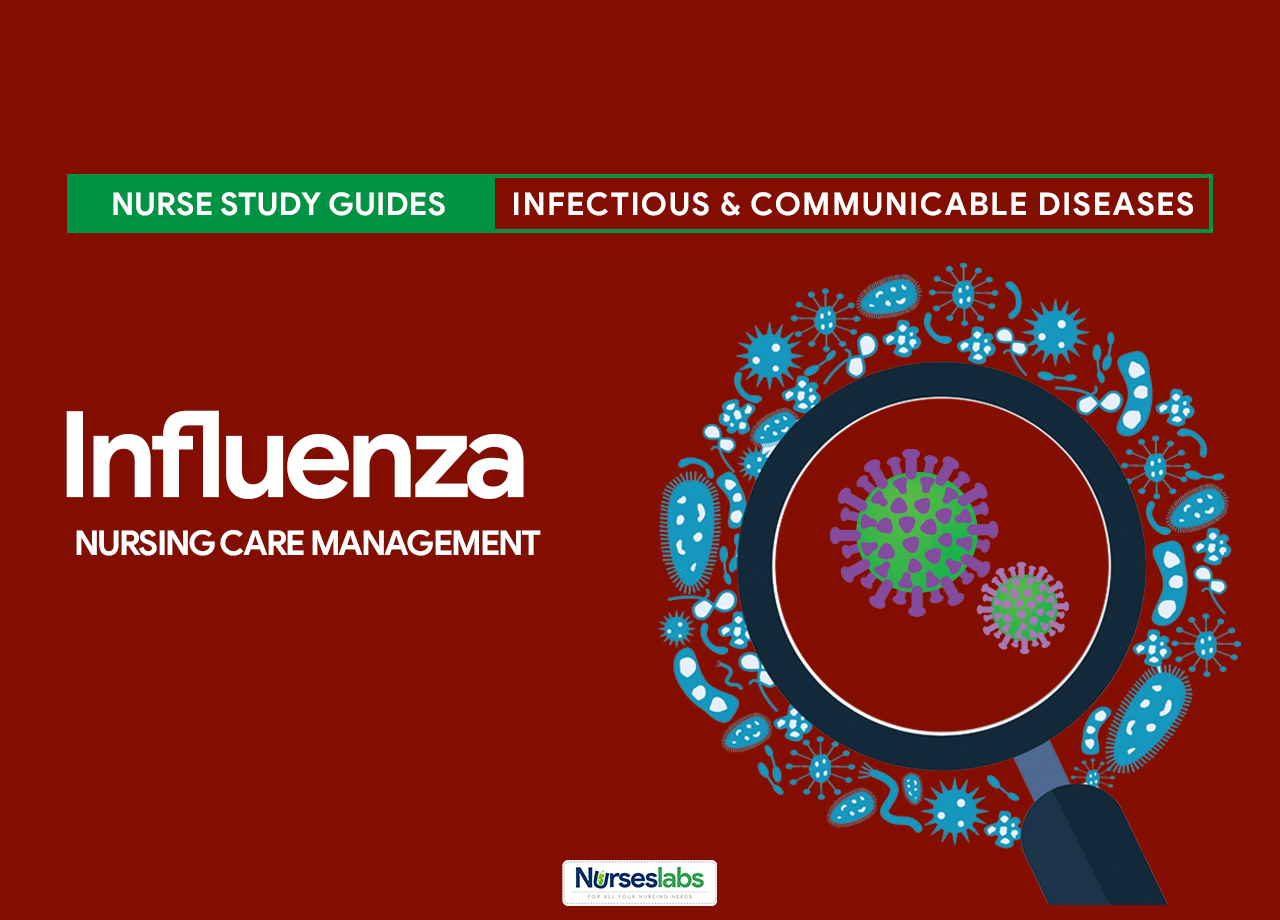





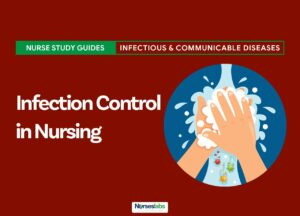

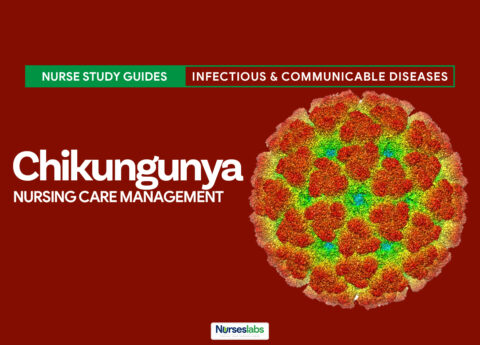
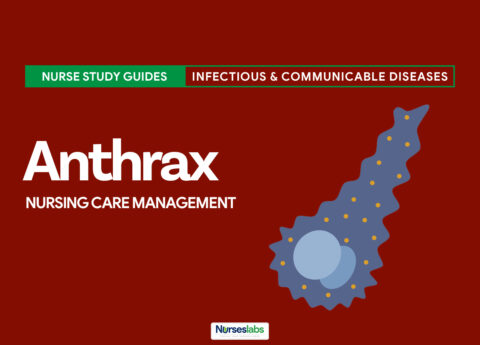
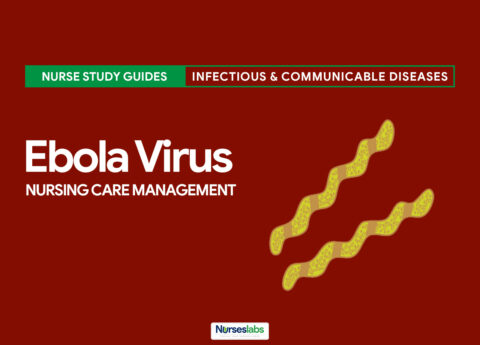
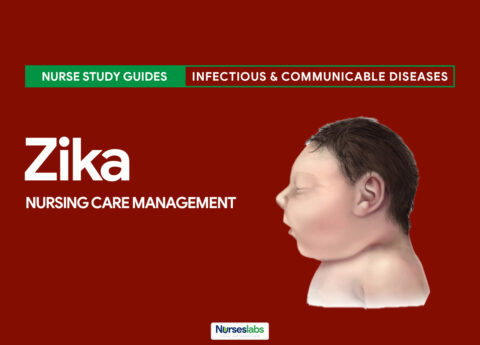
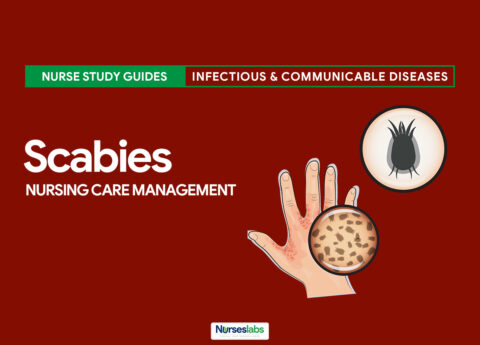


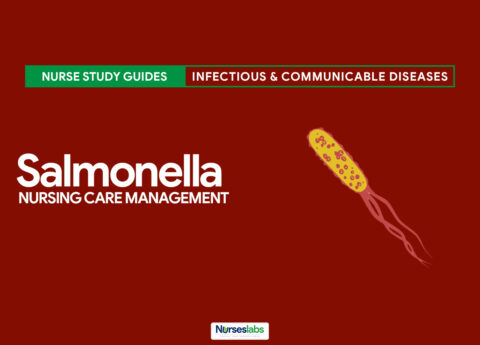




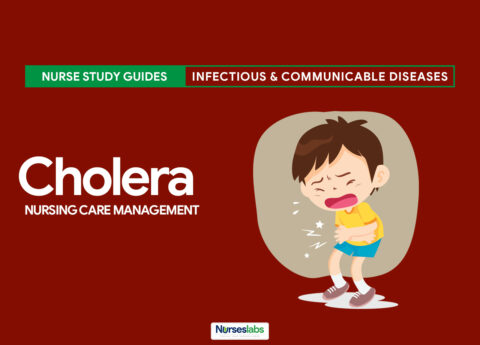
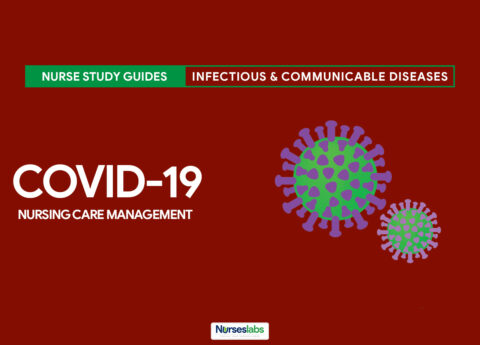

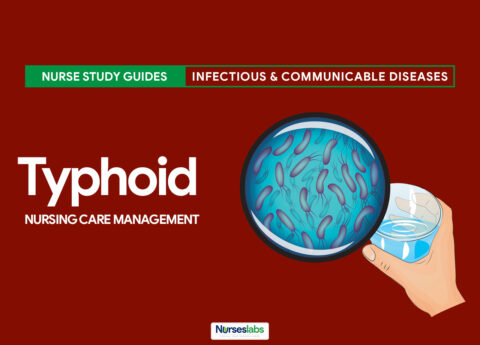
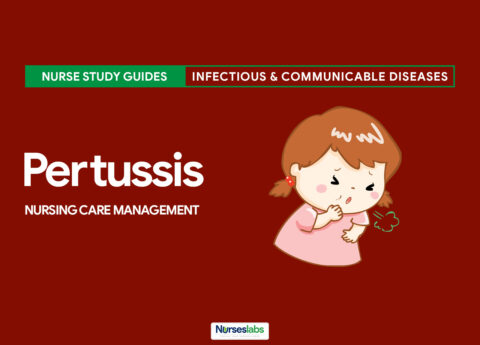






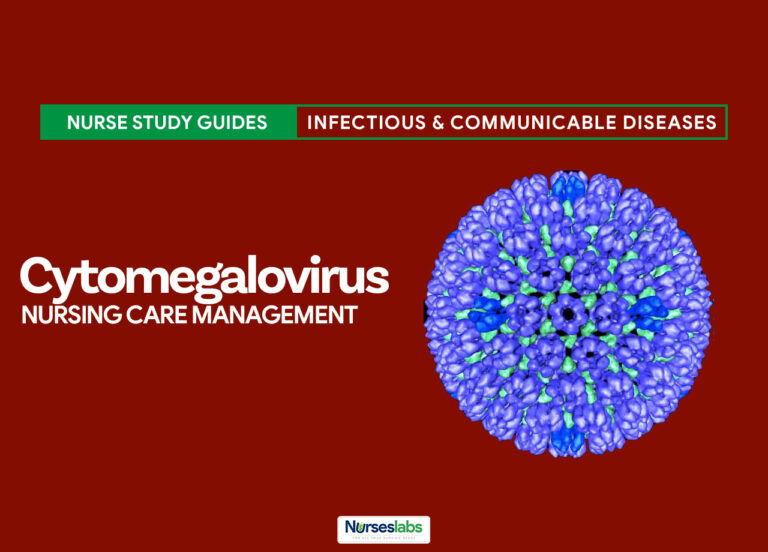


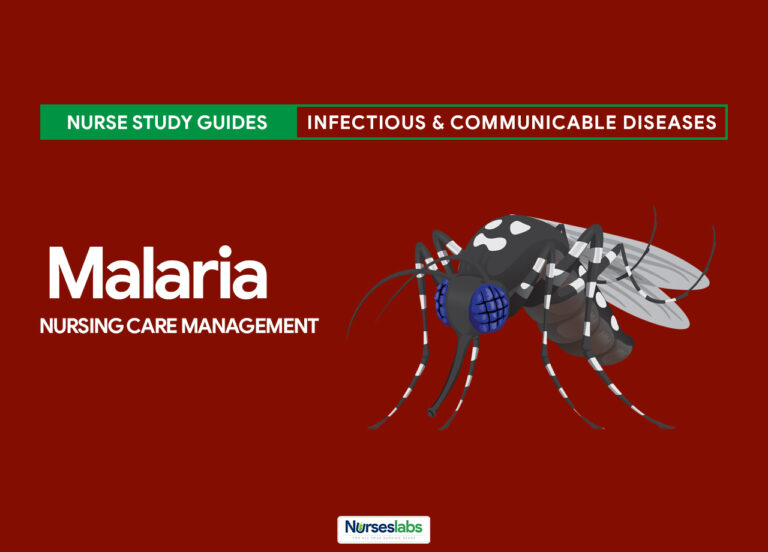
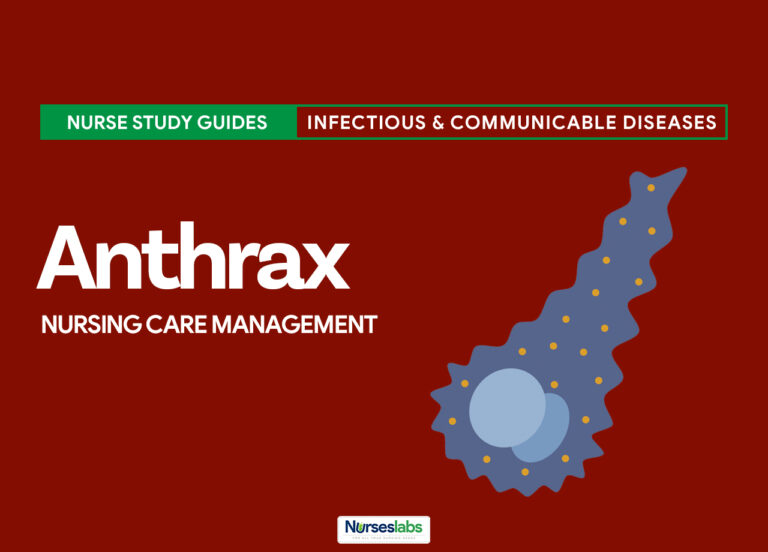

Leave a Comment